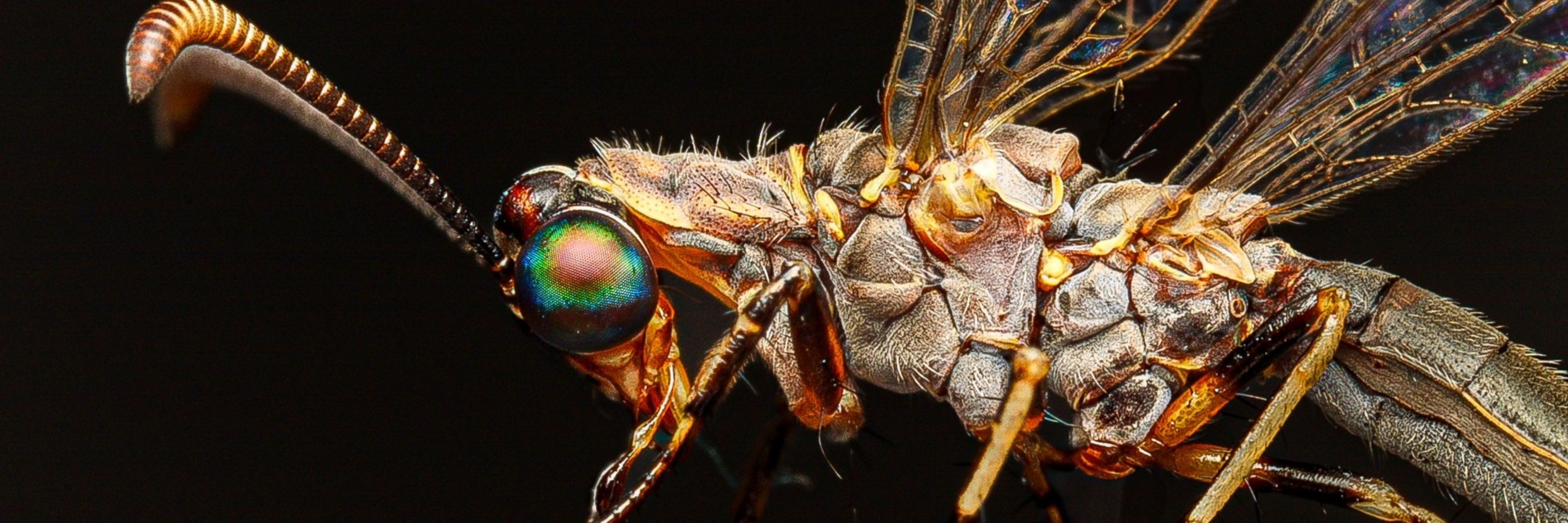
Macroarthropods
@macroarthropods.bsky.social
Brazilian zoologist, taxonomist, enthusiastic macro photographer of insects and other invertebrates. Visceral hate against extreme right.
Download, use for free, cite source.
https://www.instagram.com/macroarthropods/profilecard/?igsh=NDdqaW12OTlmYWk3
Download, use for free, cite source.
https://www.instagram.com/macroarthropods/profilecard/?igsh=NDdqaW12OTlmYWk3
Scarabaeidae. Studies in the Brazilian Pantanal, where livestock is the main economic activity, confirm these beetles maintain dung removal and soil bioturbation.🧪

November 8, 2025 at 6:49 PM
Scarabaeidae. Studies in the Brazilian Pantanal, where livestock is the main economic activity, confirm these beetles maintain dung removal and soil bioturbation.🧪
Scarabaeidae. Over 76 species across 20 genera have been documented in Brazilian pasturelands, providing biological control and parasite suppression by burying harmful insects and worms with dung.🧪

November 8, 2025 at 6:02 PM
Scarabaeidae. Over 76 species across 20 genera have been documented in Brazilian pasturelands, providing biological control and parasite suppression by burying harmful insects and worms with dung.🧪
🪲 Scarabaeidae. ecosystem engineers! Process tons of dung annually, recycling nutrients, reduce methane emissions, control livestock parasites & improve water infiltration.
Without them? - nutrient cycling, + flies & disease vectors, degraded pastures. Keystone species, healthy grassland worldwide.
Without them? - nutrient cycling, + flies & disease vectors, degraded pastures. Keystone species, healthy grassland worldwide.




November 7, 2025 at 10:21 PM
🪲 Scarabaeidae. ecosystem engineers! Process tons of dung annually, recycling nutrients, reduce methane emissions, control livestock parasites & improve water infiltration.
Without them? - nutrient cycling, + flies & disease vectors, degraded pastures. Keystone species, healthy grassland worldwide.
Without them? - nutrient cycling, + flies & disease vectors, degraded pastures. Keystone species, healthy grassland worldwide.
Camponotus fragilis, medium-sized carpenter ant (6–8 mm) found in Atlantic Forest and humid cerrado habitats, known for nesting in hollow branches and rotting stumps. It frequents crepuscular and nocturnal foraging trails, with peak activity just after sunset. 🧪#Formicidae #Camponotus #Entomology"



October 13, 2025 at 9:59 PM
Camponotus fragilis, medium-sized carpenter ant (6–8 mm) found in Atlantic Forest and humid cerrado habitats, known for nesting in hollow branches and rotting stumps. It frequents crepuscular and nocturnal foraging trails, with peak activity just after sunset. 🧪#Formicidae #Camponotus #Entomology"
Family Sarcophagidae (Diptera): ovoviviparous flesh flies with gray-black thoracic stripes and a checkerboard abdomen, whose larvae develop in carrion, decaying matter or as arthropod parasitoids—key decomposers in ecosystems. 🧪



October 12, 2025 at 2:53 PM
Family Sarcophagidae (Diptera): ovoviviparous flesh flies with gray-black thoracic stripes and a checkerboard abdomen, whose larvae develop in carrion, decaying matter or as arthropod parasitoids—key decomposers in ecosystems. 🧪
The Atlantic semi-deciduous rainforest or "seasonal semideciduous forest," typically occurs as the riparian zone along riverbanks within the Cerrado biome. These forests form transitional ecotones between the open savanna vegetation of the Cerrado and the denser, humid Atlantic Forest proper🧪

October 5, 2025 at 8:17 PM
The Atlantic semi-deciduous rainforest or "seasonal semideciduous forest," typically occurs as the riparian zone along riverbanks within the Cerrado biome. These forests form transitional ecotones between the open savanna vegetation of the Cerrado and the denser, humid Atlantic Forest proper🧪
Zygentoma Compound eyes, rhabdomeric photoreceptors (microvillar rhabdoms) for light detection (typical arthropod photoreceptor type)
No ocelli
Rely more on antennae/cerci than vision
Lepismatidae (silverfish) - small functional compound eyes
Nicoletiidae (soil/cave) - eyes greatly reduced/ absent
🧪
No ocelli
Rely more on antennae/cerci than vision
Lepismatidae (silverfish) - small functional compound eyes
Nicoletiidae (soil/cave) - eyes greatly reduced/ absent
🧪

October 5, 2025 at 10:44 AM
Zygentoma Compound eyes, rhabdomeric photoreceptors (microvillar rhabdoms) for light detection (typical arthropod photoreceptor type)
No ocelli
Rely more on antennae/cerci than vision
Lepismatidae (silverfish) - small functional compound eyes
Nicoletiidae (soil/cave) - eyes greatly reduced/ absent
🧪
No ocelli
Rely more on antennae/cerci than vision
Lepismatidae (silverfish) - small functional compound eyes
Nicoletiidae (soil/cave) - eyes greatly reduced/ absent
🧪
Reposted by Macroarthropods
The transition of vegetation from the lowly water-stressed forest with high tree cover to a savanna-grassland regime with low tree cover and the utilization of rootzone storage capacity to cope with the spatial change to a drier climate.
www.researchgate.net/publication/...
www.researchgate.net/publication/...

October 4, 2025 at 7:30 PM
The transition of vegetation from the lowly water-stressed forest with high tree cover to a savanna-grassland regime with low tree cover and the utilization of rootzone storage capacity to cope with the spatial change to a drier climate.
www.researchgate.net/publication/...
www.researchgate.net/publication/...
Silvery-white covering are flattened, overlapping scales; give Zygentoma metallic appearance. Scales modified setae; provide protection, reduce water loss
Prominent bristles on head and body; sensory functions, detecting air movement and vibrations
Particularly concentrated around sensory organs 🧪
Prominent bristles on head and body; sensory functions, detecting air movement and vibrations
Particularly concentrated around sensory organs 🧪

October 4, 2025 at 4:10 PM
Silvery-white covering are flattened, overlapping scales; give Zygentoma metallic appearance. Scales modified setae; provide protection, reduce water loss
Prominent bristles on head and body; sensory functions, detecting air movement and vibrations
Particularly concentrated around sensory organs 🧪
Prominent bristles on head and body; sensory functions, detecting air movement and vibrations
Particularly concentrated around sensory organs 🧪
Brazil's CERRADO: 2M km² savannah with 12,000+ plant species (45% endemic). Called "upside-down forest" - roots reach 20m deep, storing 60% of biomass underground. Fire-adapted biodiversity hotspot. 50% destroyed, only 3% protected. One of Earth's most threatened ecosystems. Science🧪


October 4, 2025 at 3:18 PM
Brazil's CERRADO: 2M km² savannah with 12,000+ plant species (45% endemic). Called "upside-down forest" - roots reach 20m deep, storing 60% of biomass underground. Fire-adapted biodiversity hotspot. 50% destroyed, only 3% protected. One of Earth's most threatened ecosystems. Science🧪
ZYGENTOMA: The living fossils of the insect world!
Known as silverfish, these apterygote insects (wingless) have existed for over 400 million years virtually unchanged. They're detritivores that feed on carbohydrates like cellulose and starch. 🧪
#Entomology #Zygentoma
Known as silverfish, these apterygote insects (wingless) have existed for over 400 million years virtually unchanged. They're detritivores that feed on carbohydrates like cellulose and starch. 🧪
#Entomology #Zygentoma



October 4, 2025 at 1:29 PM
ZYGENTOMA: The living fossils of the insect world!
Known as silverfish, these apterygote insects (wingless) have existed for over 400 million years virtually unchanged. They're detritivores that feed on carbohydrates like cellulose and starch. 🧪
#Entomology #Zygentoma
Known as silverfish, these apterygote insects (wingless) have existed for over 400 million years virtually unchanged. They're detritivores that feed on carbohydrates like cellulose and starch. 🧪
#Entomology #Zygentoma
Brazilian Atlantic Forest harbors 23 Neoponera ant species! These remarkable predators serve as forest health indicators while producing antimicrobial venom compounds with potential medical applications. New species still being discovered in this biodiversity hotspot. 🧪


September 14, 2025 at 4:00 PM
Brazilian Atlantic Forest harbors 23 Neoponera ant species! These remarkable predators serve as forest health indicators while producing antimicrobial venom compounds with potential medical applications. New species still being discovered in this biodiversity hotspot. 🧪
Ornidia flies don’t just look like orchid bees—they ACT like them, mimicking bee behavior with similar wing buzz and leg movements! Worldwide, synanthropic. "Green Jewel Flies" help in determining time of death through predictable patterns on decomposing matter. #Evolution #ForensicScience



August 17, 2025 at 5:09 PM
Ornidia flies don’t just look like orchid bees—they ACT like them, mimicking bee behavior with similar wing buzz and leg movements! Worldwide, synanthropic. "Green Jewel Flies" help in determining time of death through predictable patterns on decomposing matter. #Evolution #ForensicScience
The hemipterans heads,🧪
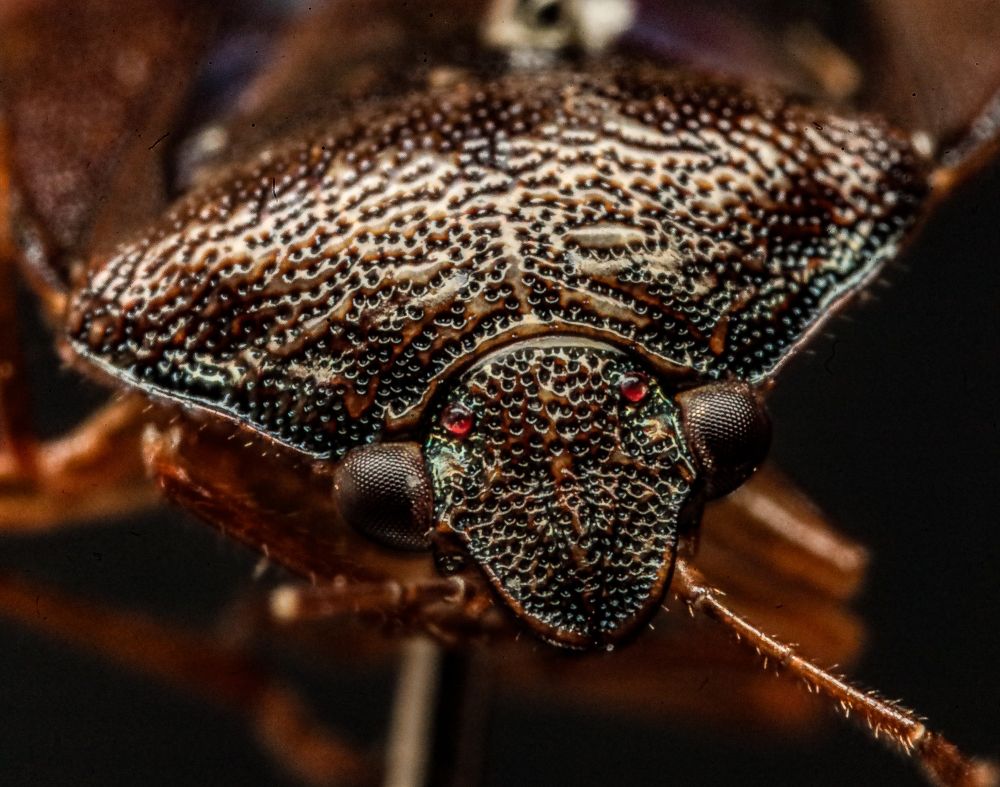
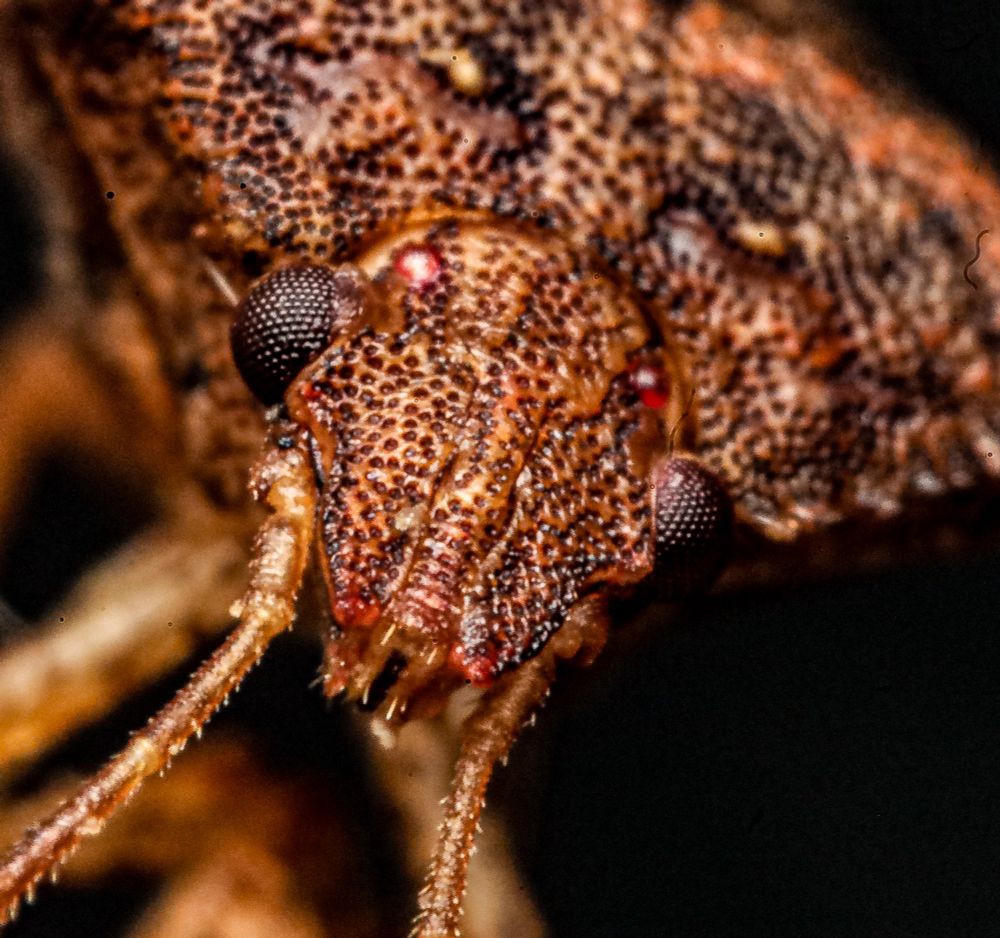
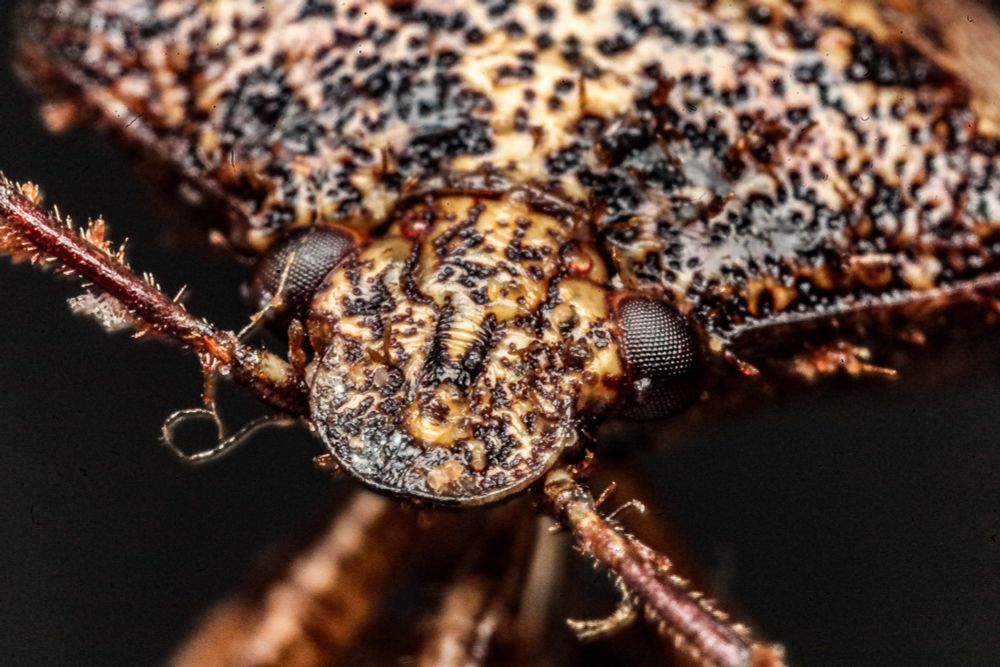
August 3, 2025 at 12:06 PM
The hemipterans heads,🧪
Some beetles and hemipterans heads. 🧪
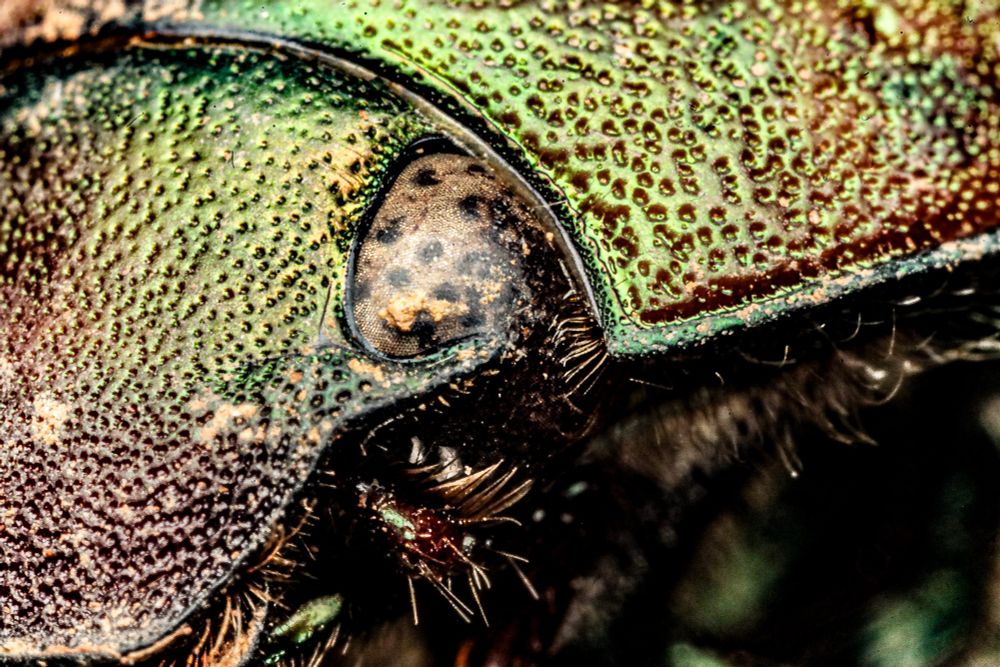
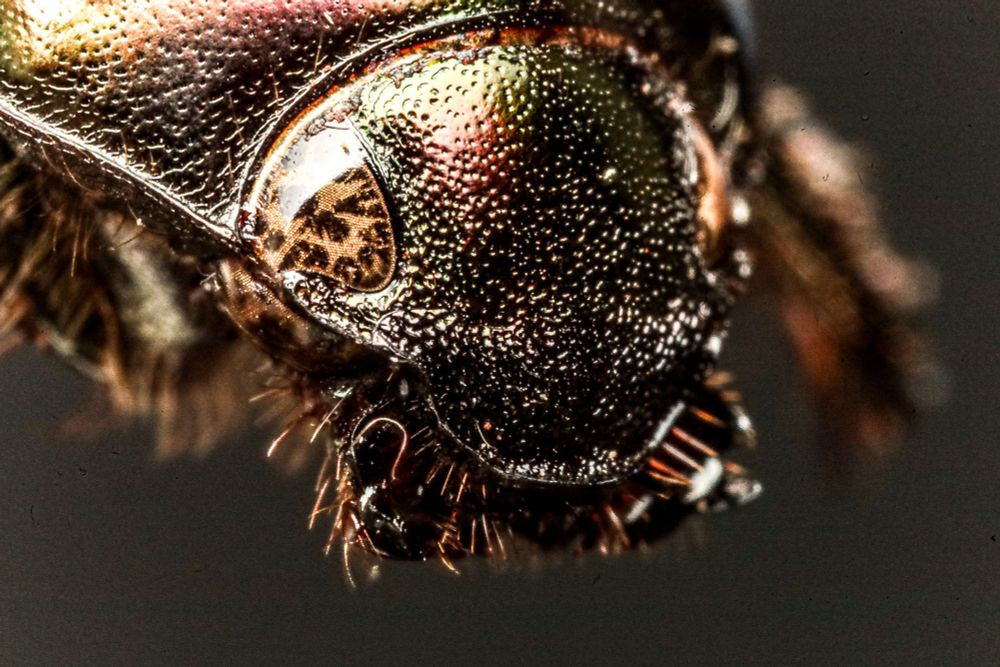
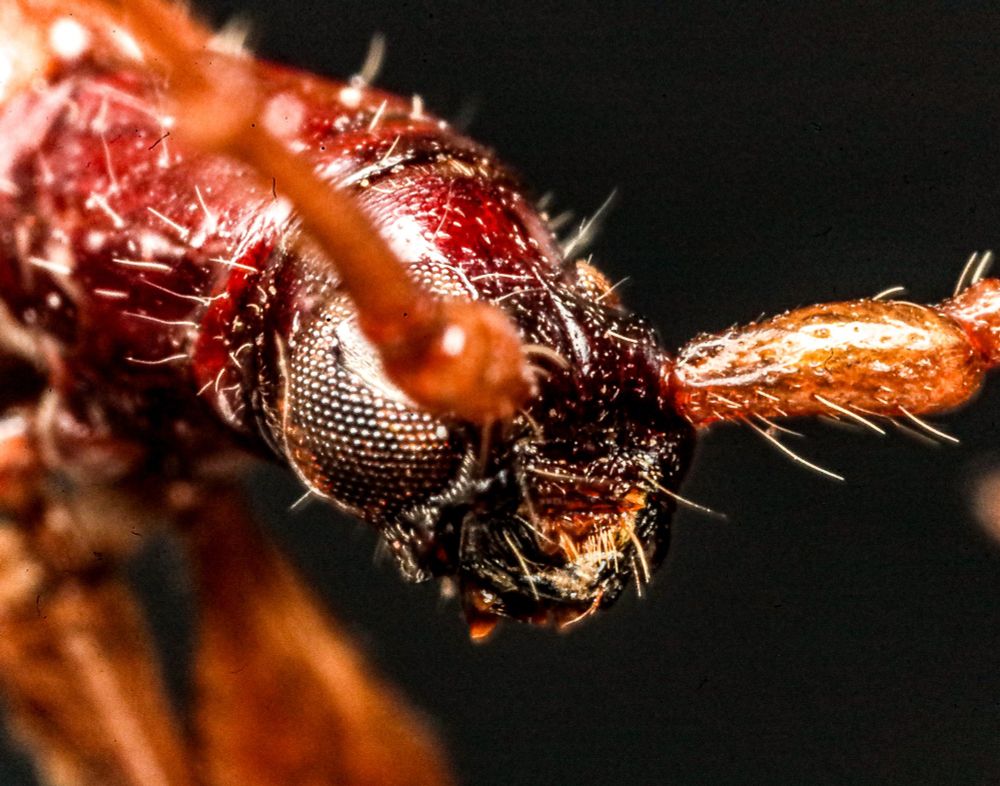
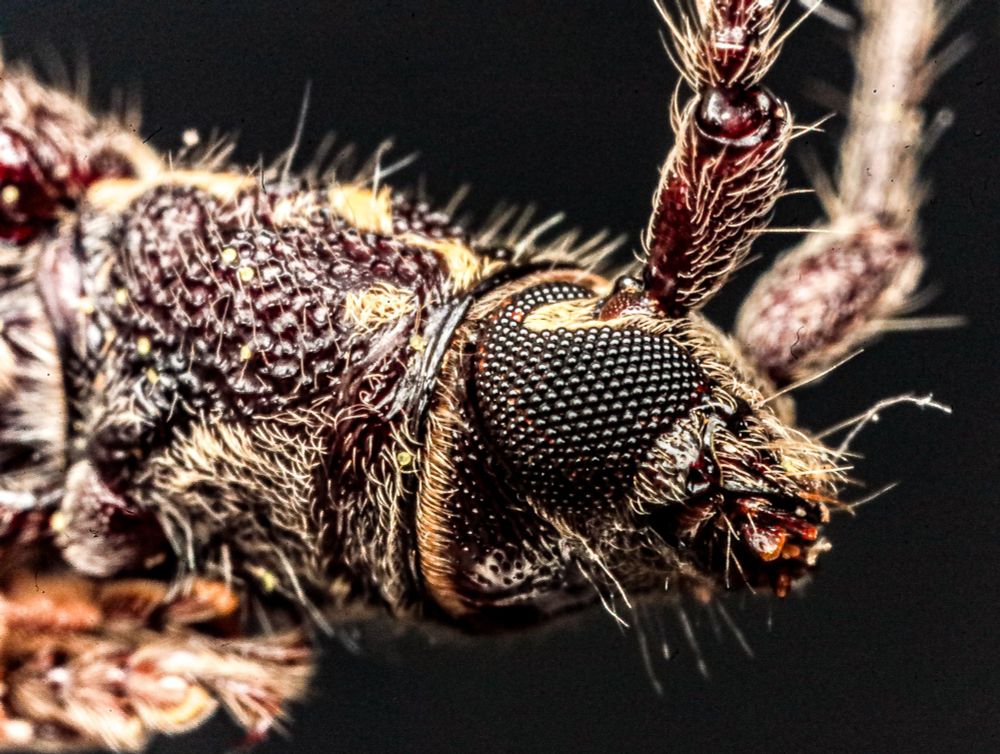
August 3, 2025 at 12:04 PM
Some beetles and hemipterans heads. 🧪
Some lenses, such as this Super-Takumar 1:1.4/50mm are slightly radioactive. For this one, the radioactive coat results in beautiful yellowish photos. 🧪

July 18, 2025 at 7:31 PM
Some lenses, such as this Super-Takumar 1:1.4/50mm are slightly radioactive. For this one, the radioactive coat results in beautiful yellowish photos. 🧪
The Common House Gecko (Hemidactylus mabouia) has incredible toe pads covered in millions of tiny hairs called setae! These microscopic structures use van der Waals forces to stick to any surface - even glass and ceilings. Each toe can support the gecko's entire body weight. ,🧪
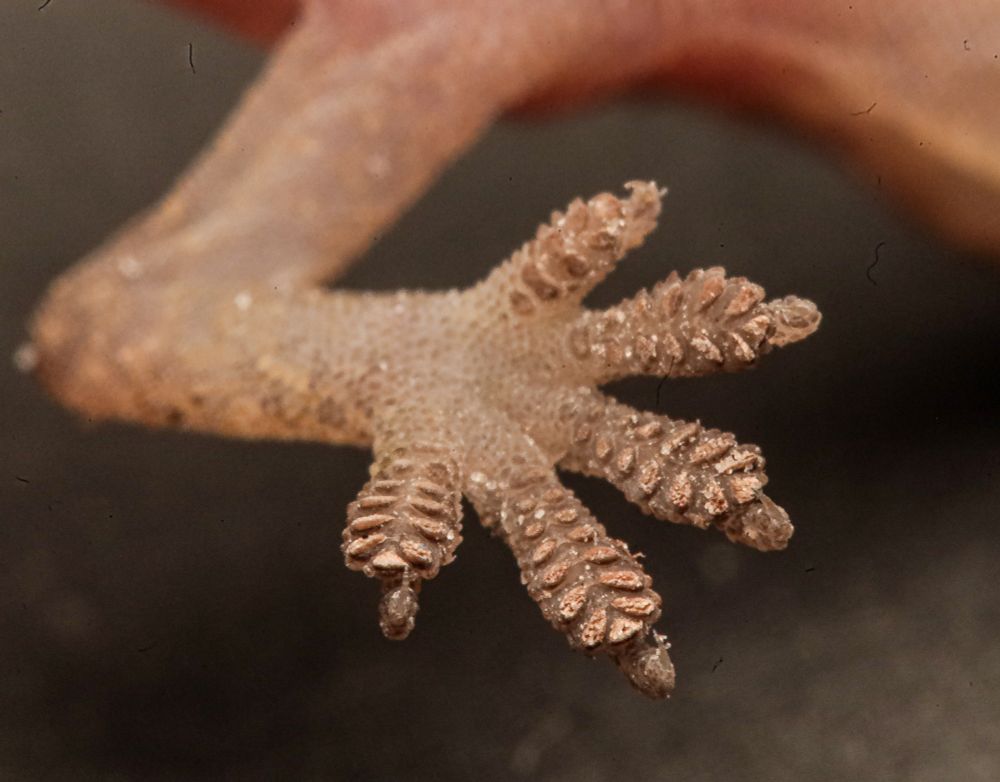
July 17, 2025 at 3:04 AM
The Common House Gecko (Hemidactylus mabouia) has incredible toe pads covered in millions of tiny hairs called setae! These microscopic structures use van der Waals forces to stick to any surface - even glass and ceilings. Each toe can support the gecko's entire body weight. ,🧪
The Common House Gecko, Hemicactylus mabouia! Originally from Africa, this adaptable little lizard has colonized tropical regions worldwide. 🧪
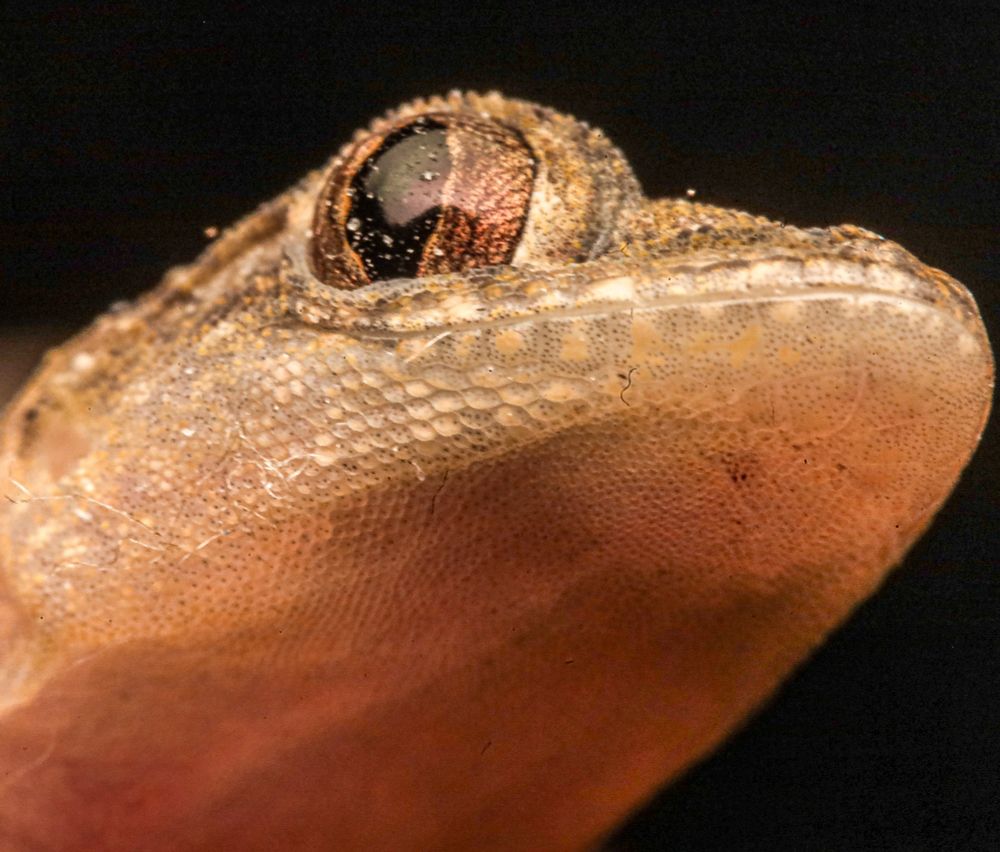
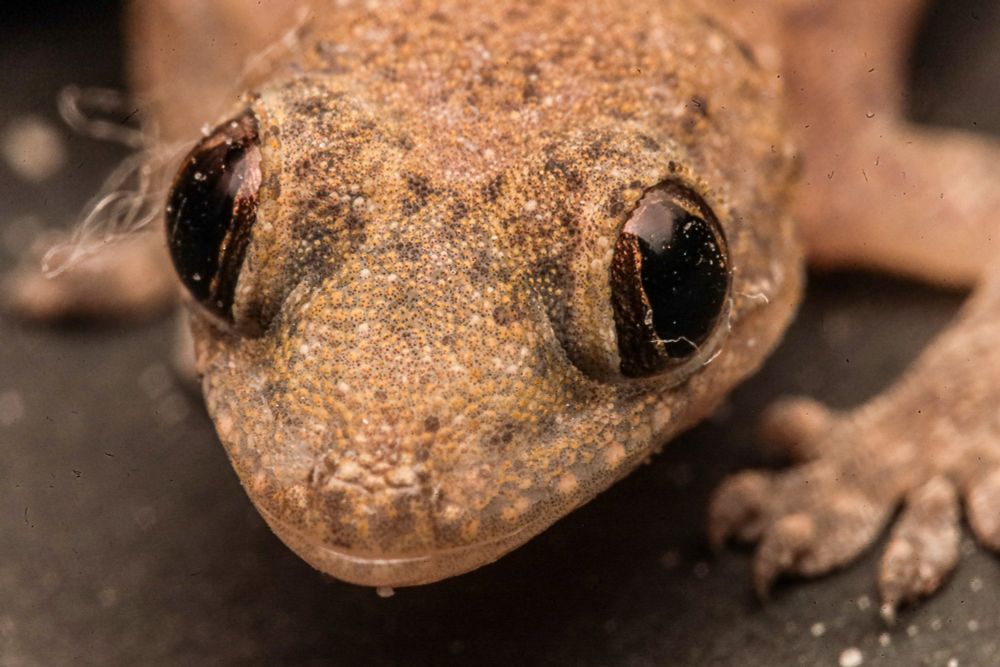

July 17, 2025 at 3:04 AM
The Common House Gecko, Hemicactylus mabouia! Originally from Africa, this adaptable little lizard has colonized tropical regions worldwide. 🧪
Brentinae is a subfamily of weevils in the family, commonly called "straight-snouted weevils." These are primitive weevils that are usually extremely elongated with straight snouts and non-elbowed antennae. 🧪
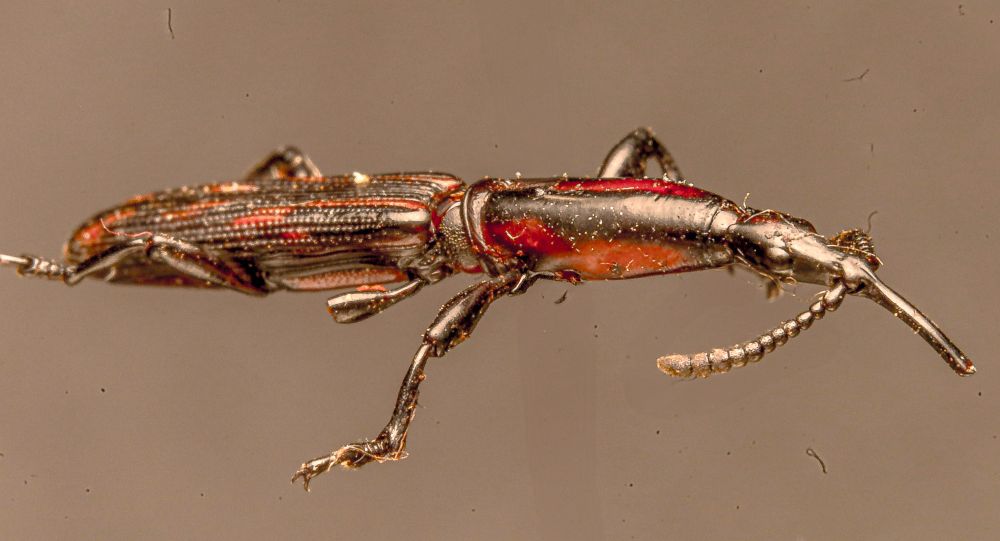
July 9, 2025 at 8:52 AM
Brentinae is a subfamily of weevils in the family, commonly called "straight-snouted weevils." These are primitive weevils that are usually extremely elongated with straight snouts and non-elbowed antennae. 🧪
Carpenter ants (Camponotus spp.) are a genus of large ants (workers 7 to 13 mm) indigenous to many parts of the world.🧪
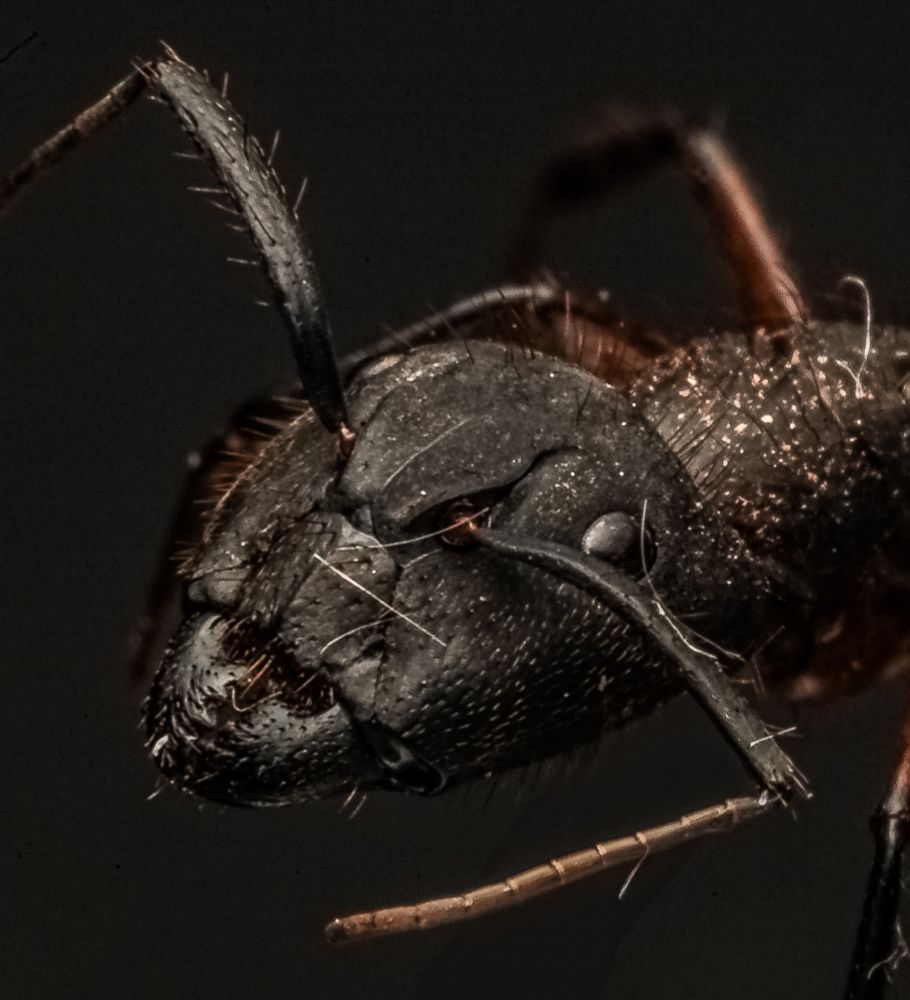
July 9, 2025 at 12:34 AM
Carpenter ants (Camponotus spp.) are a genus of large ants (workers 7 to 13 mm) indigenous to many parts of the world.🧪
Brentinae is a subfamily of weevils in the family, commonly called "straight-snouted weevils." These are primitive weevils that are usually extremely elongated with straight snouts and non-elbowed antennae. 🧪
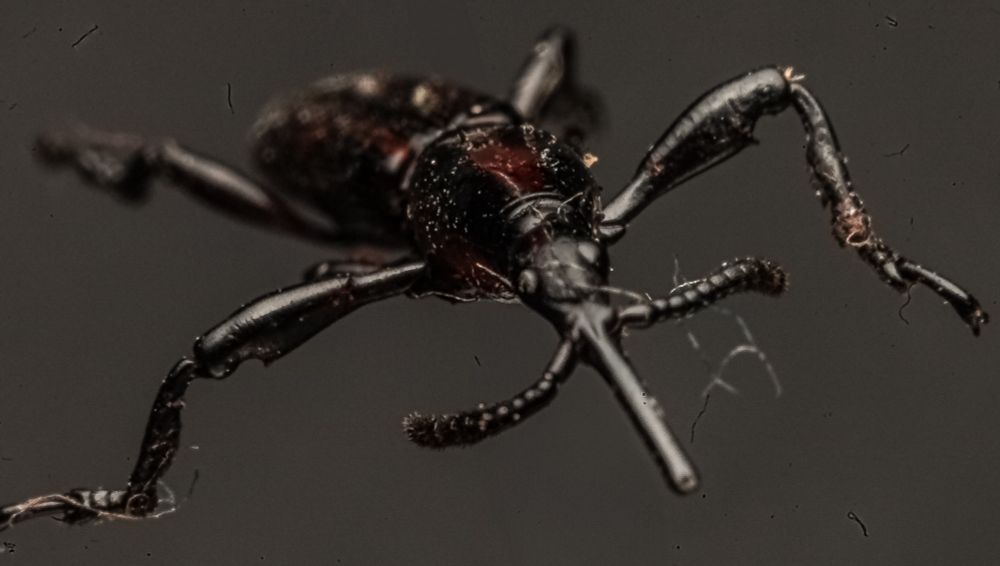
July 9, 2025 at 12:33 AM
Brentinae is a subfamily of weevils in the family, commonly called "straight-snouted weevils." These are primitive weevils that are usually extremely elongated with straight snouts and non-elbowed antennae. 🧪
Brentinae is a subfamily of weevils in the family, commonly called "straight-snouted weevils." These are primitive weevils that are usually extremely elongated with straight snouts and non-elbowed antennae. 🧪

July 9, 2025 at 12:32 AM
Brentinae is a subfamily of weevils in the family, commonly called "straight-snouted weevils." These are primitive weevils that are usually extremely elongated with straight snouts and non-elbowed antennae. 🧪
Hylidae (Tree Frogs, Leaf Frogs, or Rain Frogs) is a family of anurans, whose species are found on all continents except Antarctica.
Most species inhabit trees. Some exceptions:
Lagoon-dwellers: Pseudis species live in stagnant water bodies.
Genus Scinax species thrive in urbanized environments.🧪
Most species inhabit trees. Some exceptions:
Lagoon-dwellers: Pseudis species live in stagnant water bodies.
Genus Scinax species thrive in urbanized environments.🧪
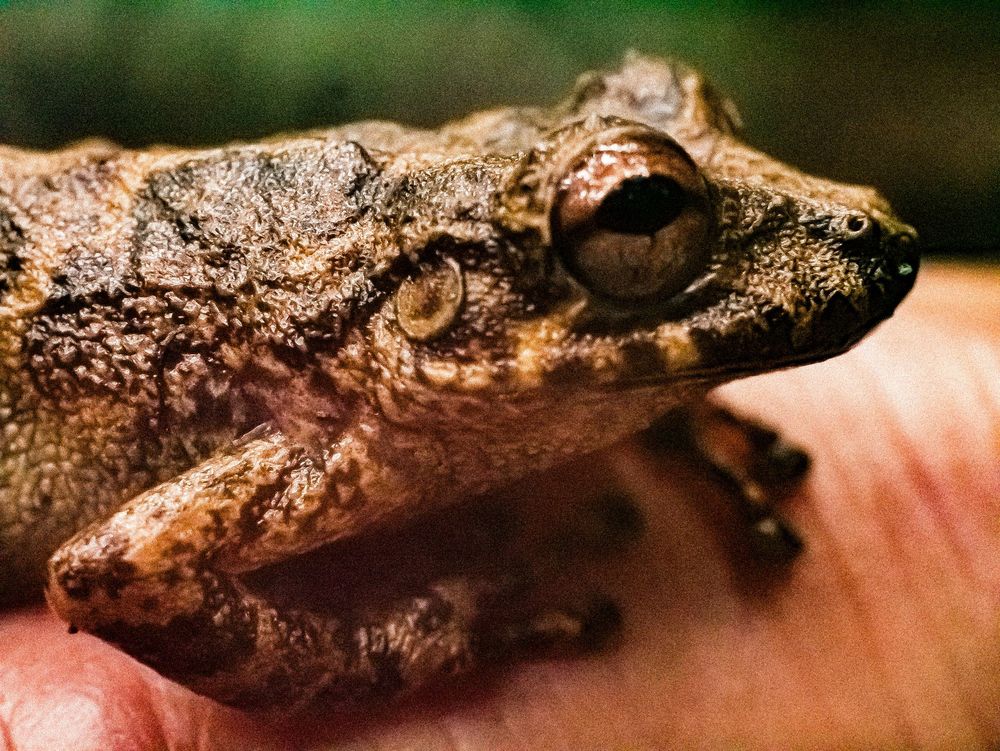

July 6, 2025 at 11:20 AM
Hylidae (Tree Frogs, Leaf Frogs, or Rain Frogs) is a family of anurans, whose species are found on all continents except Antarctica.
Most species inhabit trees. Some exceptions:
Lagoon-dwellers: Pseudis species live in stagnant water bodies.
Genus Scinax species thrive in urbanized environments.🧪
Most species inhabit trees. Some exceptions:
Lagoon-dwellers: Pseudis species live in stagnant water bodies.
Genus Scinax species thrive in urbanized environments.🧪
A cute and tiny juvenile gastropod and a female Cyclopoida in my "Daphnia" culture aquarium. When you buy a Daphnia starter, everything come wish it.

June 29, 2025 at 6:05 PM
A cute and tiny juvenile gastropod and a female Cyclopoida in my "Daphnia" culture aquarium. When you buy a Daphnia starter, everything come wish it.
Field Lupe😂😂😂😂tecnologia😂😂🧪?
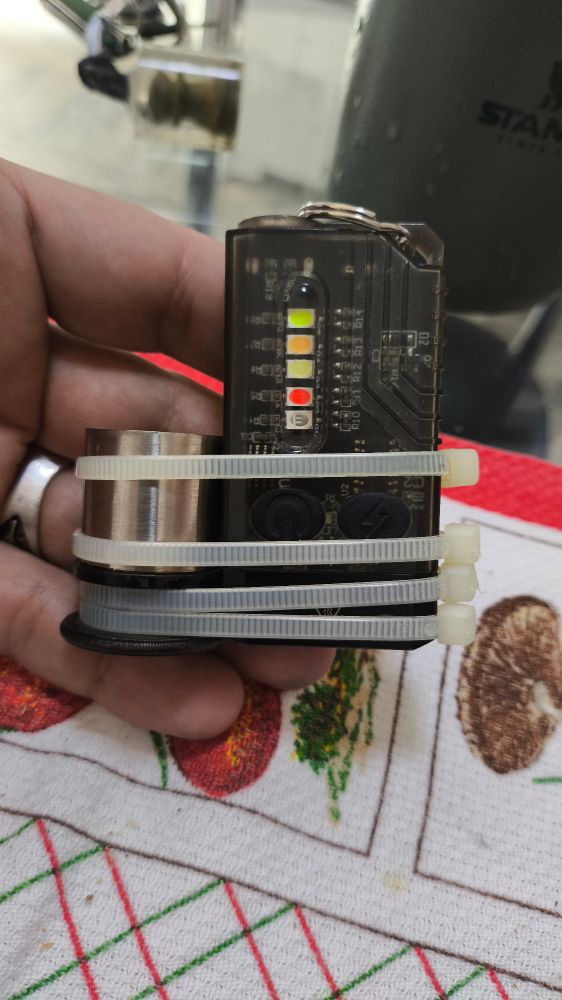
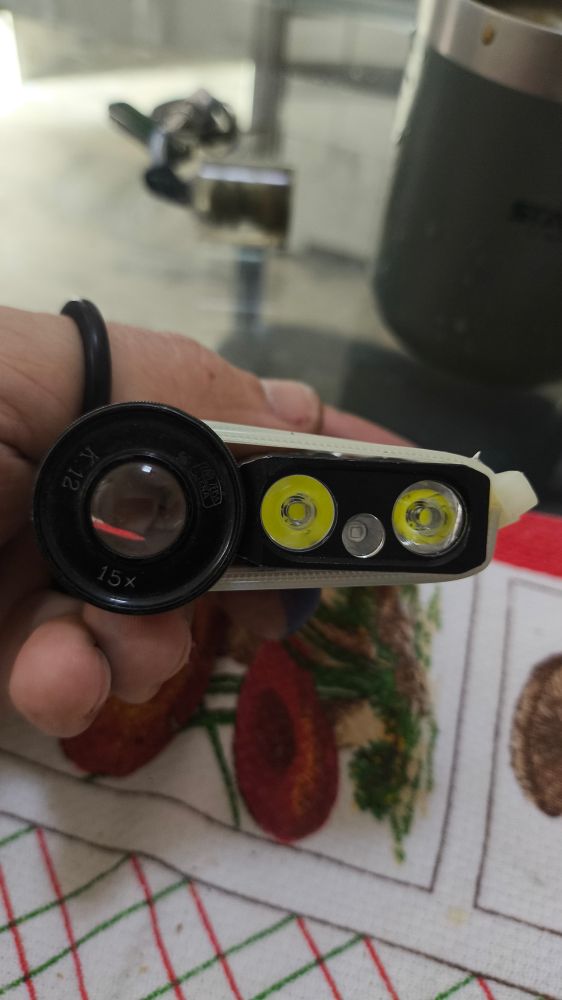
June 29, 2025 at 2:26 PM
Field Lupe😂😂😂😂tecnologia😂😂🧪?

